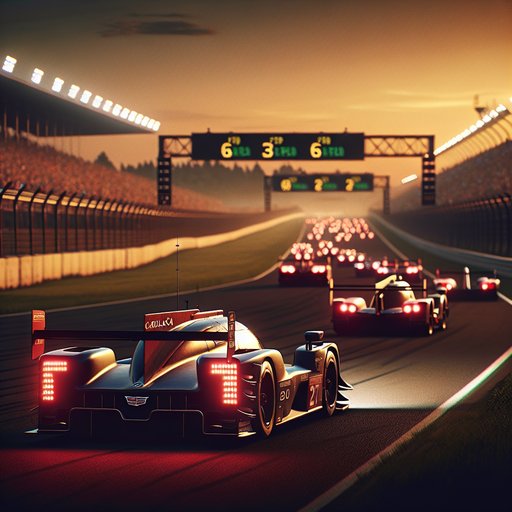
Endurance racing is welcoming fresh commercial energy this season even as teams wrestle with rising costs and a crowded top class. Series and event partners are expanding—Qatar Airways fronted the WEC curtain-raiser, Bapco Energies remains on Bahrain’s finale, and long‑standing backers like Rolex, Michelin, and TotalEnergies anchor the calendar—while IMSA’s hallmark races keep strong title deals from Motul at Petit Le Mans to Sahlen’s at Watkins Glen. At team level, consumer-facing brands remain visible on hypercars and GT3 machinery, but privateers still face a stiffer climb. The result is a paddock that’s commercially vibrant yet financially vigilant.

The hypercar surge gathered pace this year as fresh factory programs and privateer efforts swelled the WEC and IMSA grids, reshaping the balance at the front. Lamborghini, Alpine, BMW, and Isotta Fraschini joined the fight across 2024, while Aston Martin finalised a 2025 return with the Valkyrie. The influx arrived alongside key customer expansions for Porsche and a refined Peugeot, setting a deeper competitive baseline. With Ferrari successfully defending Le Mans in June and Porsche opening the WEC campaign with a Qatar win, the stage is set for an even more crowded top class through next season.

The World Endurance Championship's Fuji round has delivered exciting developments both on and off the track. Cadillac secured an impressive front-row lockout in qualifying, marking their third such achievement of the season [1]. Meanwhile, major news emerged about the future of the sport as Ford confirmed its ambitious plans to join the Hypercar class.

This season, the FIA and ACO have layered fresh safety regulation and technology into the World Endurance Championship and the 24 Hours of Le Mans, anchoring the booming Hypercar era with practical protections. Headline changes include the arrival of LMGT3 with contemporary FIA GT3 safety hardware, strengthened high‑voltage protocols for hybrids, and refined race‑neutralization procedures that balance incident response with sporting fairness. Together with ongoing tire management rules and upgraded trackside systems, the package aims to cut risk in mixed‑class traffic, improve marshal safety around electrified cars, and reduce the chance of secondary incidents during cautions.








